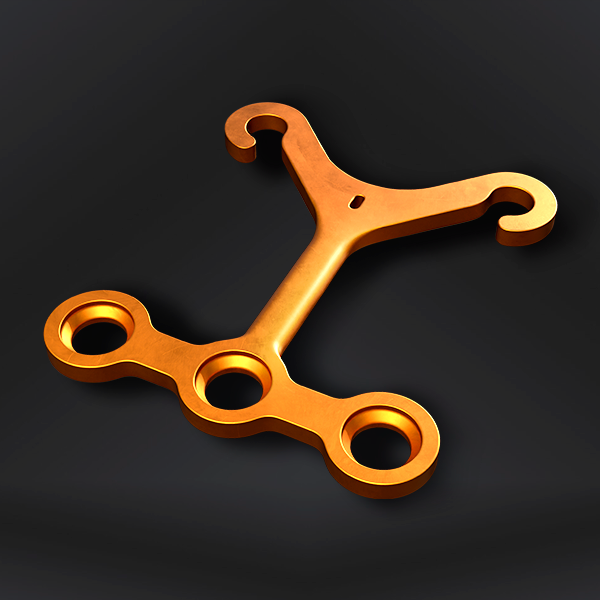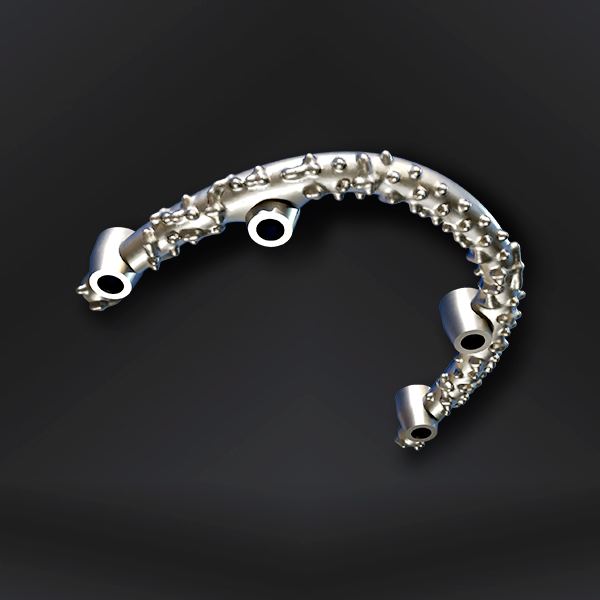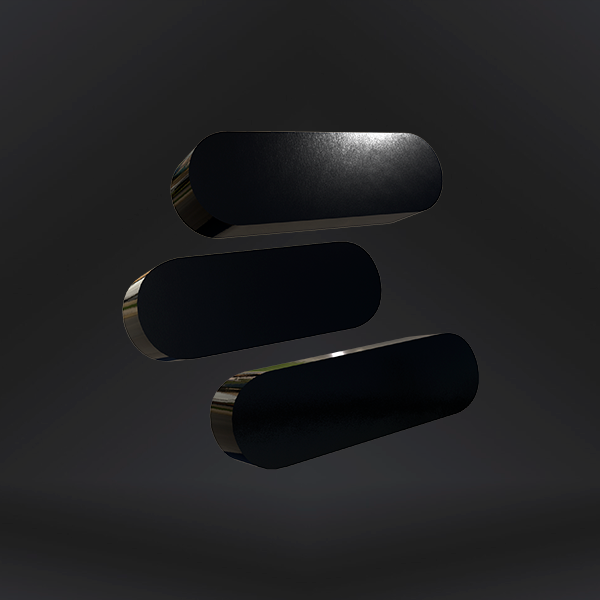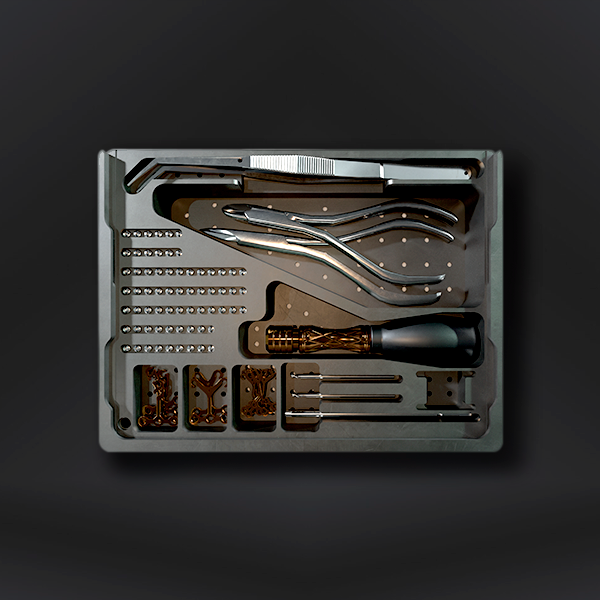Reconstructions
3D printed titanium implant
The 3D titanium printing technology used by CPMH provides customized osteoconductive implants that, through their rough surface, allow for ideal osseointegration, providing lighter implants with high mechanical resistance.
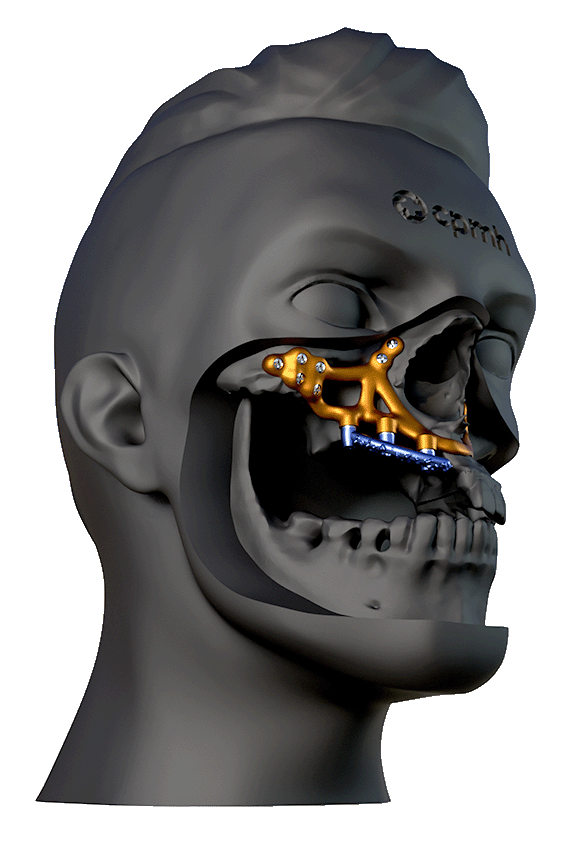

Total Reconstruction
Designed using highly advanced software, our prostheses reproduce the entire simulation and modeling of anatomically similar parts, with the main purpose to improve the patient’s quality of life by means of aesthetic and functional rehabilitation, restoring their self-esteem for better social interaction.
Reconstructions
ReconstruLIFE
ReconstruLIFE is a solution for reconstructing bone defects, associated with the rehabilitation of atrophic jaws.
The project aims at both functional and aesthetic rehabilitation, restoring the patient’s quality of life.

Bone reconstruction plates are indicated for:
- Osteotomized bone segments.
- Repositioning of segments.
- Maxilla/mandible reconstructions in cases with large fragments, complex fractures and loss of bone segments.
CPMH’s titanium implants are customized, lightweight and highly mechanically resistant.
Developed by advanced software and manufactured using Titanium 3D Printing Technology, they offer high-fidelity simulations and modeling of the patient’s anatomical parts.
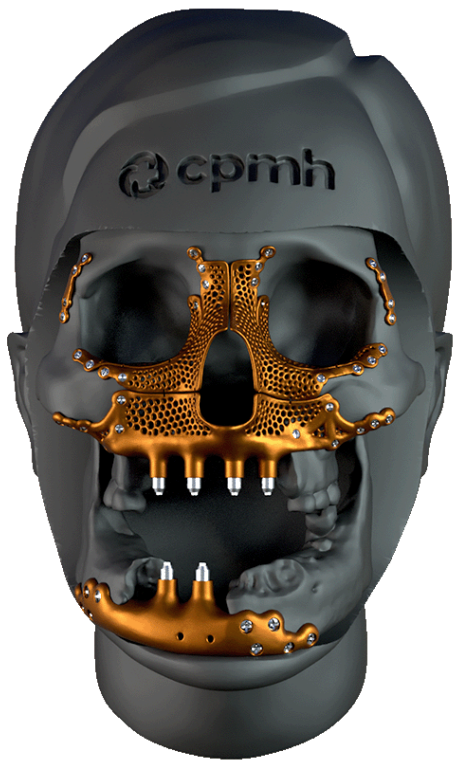
With their rough surface, our implants allow for ideal osteoconduction and osteointegration, providing both aesthetic and functional rehabilitation for the patient.
Contraindications
Mandibular and maxillary reconstruction plates should not be used in patients with one or more of the following conditions:
- Infections present in the implantation region.
- Bruxism, whether primary or secondary.
- Systemic conditions with increased susceptibility to infections, such as immunosuppression and/or conditions that hinder the repair process, such as uncontrolled diabetes, alcoholism, smoking.
- Allergy to any of the components present
- Presence of disorders that make it impossible to follow medical advice.
- Incomplete/immature bone development, such as in children.
- Electrosurgery, radiation exposure and chemotherapy can affect the functionality of jaw and maxilla reconstruction plates.
Cautions and Warning
- The components of the mandible and maxilla reconstruction plates are STERILE.
- SINGLE USE product. DO NOT REUSE OR REPROCESS.
- The implantation of plates for reconstruction of the mandible and maxilla must be performed by a qualified professional, in a surgical environment and with properly sterilized instruments.
- Misuse of the implant or improper fixation can lead to loosening of the screws, fractures and/or treatment failure.
- Do not use in case of fractures or signs of fragility in the implant structure.
- Do not use the product if the packaging is damaged or the seal is broken.
- Do not use the product if found damaged.
- Do not use the product after the expiration date.
- Do not use if the model/reference shows any discrepancies.
- Use only compatible products manufactured by Use only compatible products manufactured by CPMH to ensure the safety and effectiveness of the device installation

Adverse Events
Every surgical procedure presents risks and the possibility of complications. Some risks common to any surgical procedure are:
- Infection, bleeding, paresthesia, anesthetic risk, among others.
- Loosening, displacement or fracture of components.
- Vascular or neurological impairment due to the surgical procedure.
- Feeling of pain, discomfort or annoyance.
- Edema, bruising, inflammation, infection, exfoliation, abscess formation, hyperplasia, gingival irregularities, complications associated with anesthesia, implant failure or exposure.
To download the flyer in PDF, click below
To download technical information in PDF, click below
BLOG & NEWS
Follow our news, articles and events

Maxillary Expansion with Custom Palatal Guide: Precision and Comfort in Orthognathic Surgery
A Revolution in Maxillary Expansion: How Custom Palatal Guides Are Transforming Surgical Outcomes Maxillary expansion following Le Fort I osteotomy remains one of the greatest
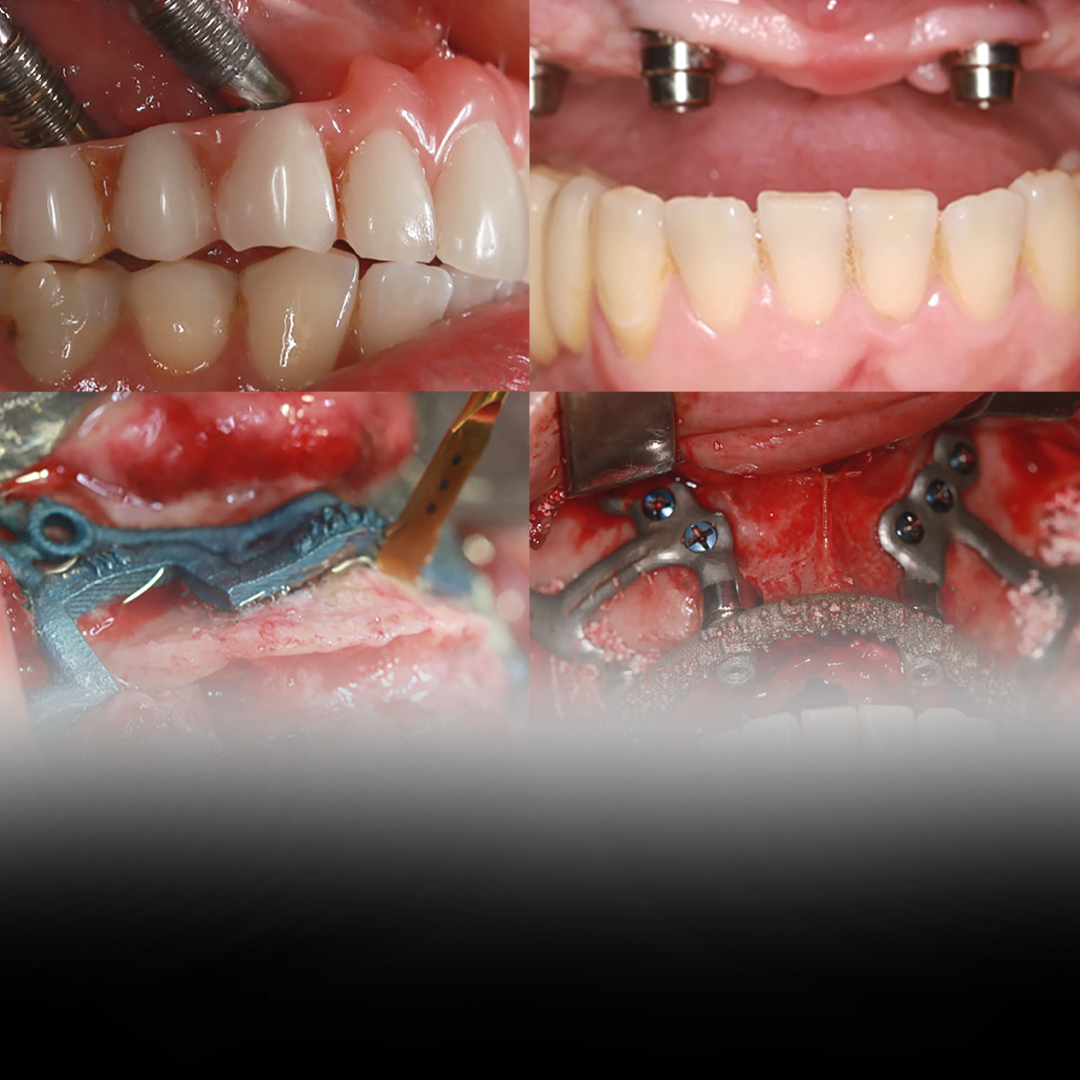
Introduction to Maxillary Rehabilitation and Custom Subperiosteal Implants
Maxillary rehabilitation is an essential field within oral and maxillofacial surgery, especially when dealing with patients who have suffered complications resulting from zygomatic implants. This
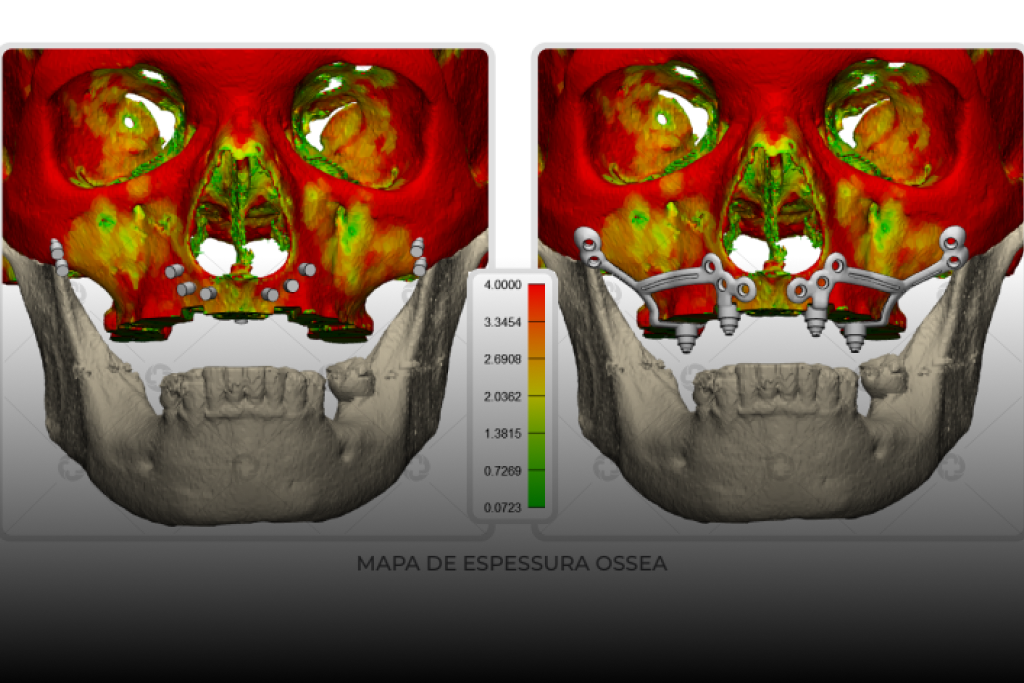
Rehabilitation of Atrophic Jaws with Customized Subperiosteal Implants: Advances and Perspectives in Modern Dentistry
Severe maxillary atrophy and edentulism have been recurring challenges in oral and maxillofacial dentistry, requiring increasingly innovative and personalized approaches for effective oral rehabilitation. A
